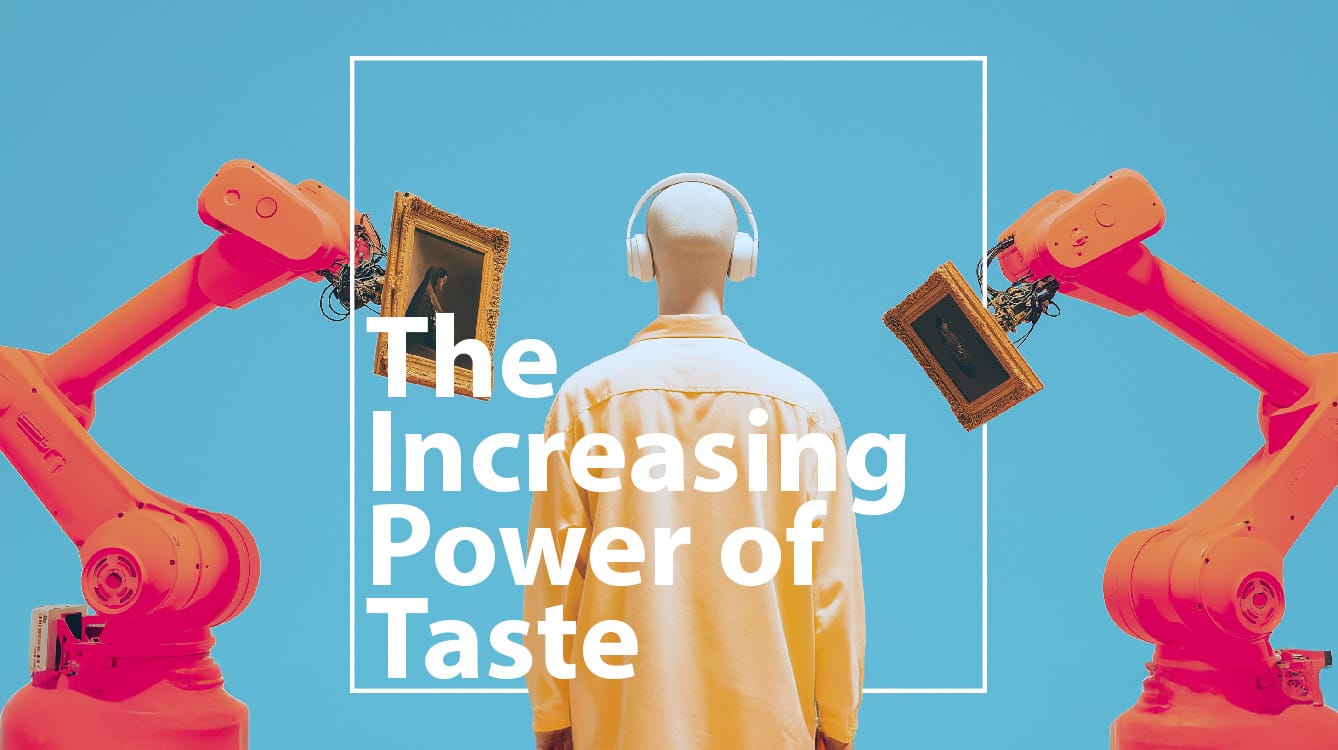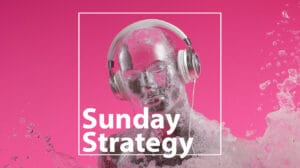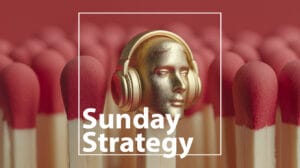In a world of increasing AI generated content and artificial creativity, what role can humans uniquely play? It might be found in our own personal taste and discretion. A recent MIT study has created news around the mental impact of AI use – highlighting that students who used AI to write essays showed less identification with their papers and less cognitive connection. In fact, 83% of the AI-assisted writers couldn’t recall key points from their own essays, and none could accurately quote their previous writing when asked later. Researchers have implied that AI runs the risk of creating ‘productive laziness’.
AI Literacy Has to Be Holistically Considered
While a causal relationship between effort and retention is to be expected, the wider cognitive implications have led to some ringing the alarm on the effects of AI use. As Dr. Zishan Kahn states, “over reliance on these LLMs can have unintended psychological and cognitive consequences, especially for young people whose brains are still developing. These neural connections that help you in accessing information, the memory of facts, and the ability to be resilient: all that is going to weaken.” Nataliya Kosmyna, the lead author of the MIT study, extends this to the risks of introducing AI too early in education. Despite calls for “AI literacy” in education, she cautions that instituting a hypothetical “GPT kindergarten” – could be “absolutely bad and detrimental” to children’s cognitive development.
Understanding the Cost and Opportunity of AI & Human Collaboration
So is AI poised to offer us ease in return for our intellectual ownership and unique thought? The trade off may be more complex than we think. A 2025 Harvard Business Review study found workers who use AI were more productive, but less motivated to tackle future tasks without AI assistance. With AI shaping not only our performance in task, but our view of future tasks, can a balance to be found to how we can collaborate with machines?
Our Tastes Are Our Biggest Asset
The answer may come from recognizing the power of individual taste, aptly described by the Atlantic as ‘judgement with style’. Similar to how producer Rick Rubin describes his creative process, where hard skills are limited but taste is decisive – our defensible value may come from how we pull intangibles together to edit, re-arrange and remix. This approach addresses one of the key weaknesses of current AI content, in that it is academically ‘correct’ most of the time, but less compelling and nuanced than human output. As one Carnegie Melon article put it, ‘AI content is surprisingly competent, but not exciting.” Humans it can argued, are often the opposite.
Whereas ‘correct’ can be artificially provided, our humanity helps us hone in quickly on the intangible elements of ‘right’. As Ntin Nohira writes, “for all its capabilities, AI has no taste. It cannot understand why one choice might move an audience to tears… because it lacks lived experience, cultural intuition, and the ineffable sense of what is just right.”
We’re All ‘Creative Directors’ Now
Similar to creative direction, Rubin may not have created his songs, but his stamp and ownership is clear due to applying taste. He guides what ‘should be done’ in an environment where everything ‘can be done. In a world of limitless generativity, being the guardian of the ‘intention’ behind the content may be our most valuable role.
As venerable advertising legend Simon Hegarty recently posted on LinkedIn, ‘congratulations, you’re now a creative director’ thanks to AI. How we direct a team of ‘junior’ creators around us, richer in creation than context and curation, may dictate how well we use AI in advertising and beyond. Our job description as creators is expanding and shifting, with a core focus being not in sheer output, but in selective curation. Our collaboration with AI can be a dance, where each partner follows and leads at key elements, yielding different, more novel results than what either can achieve on their own.





